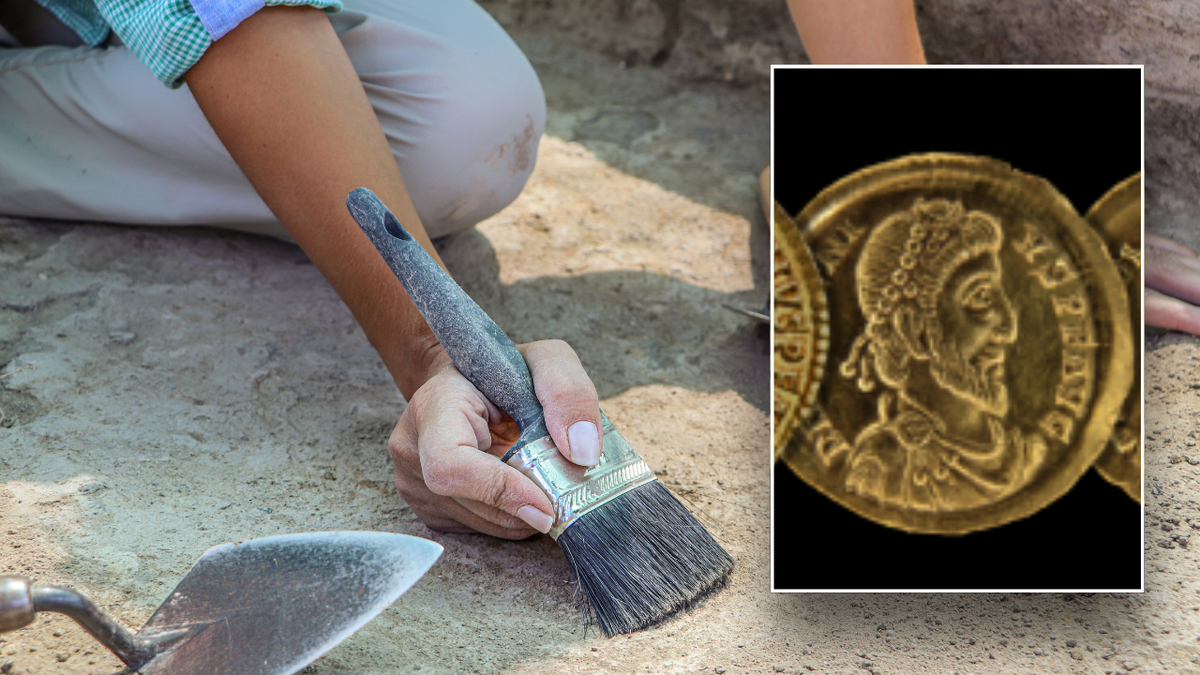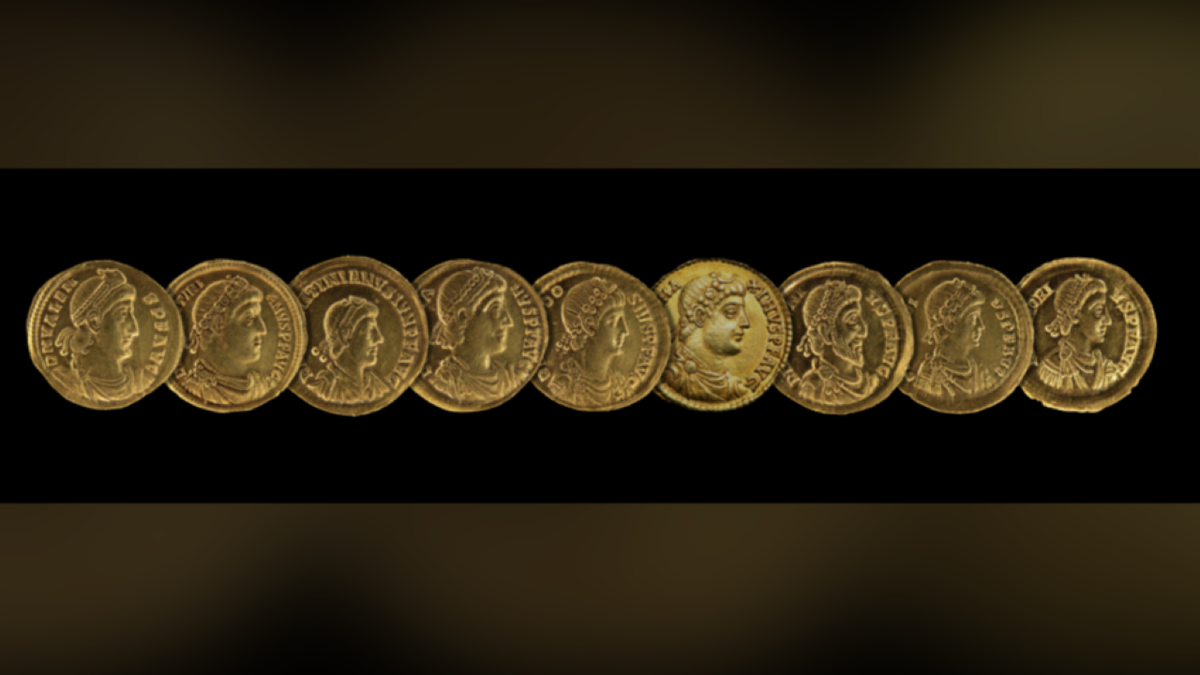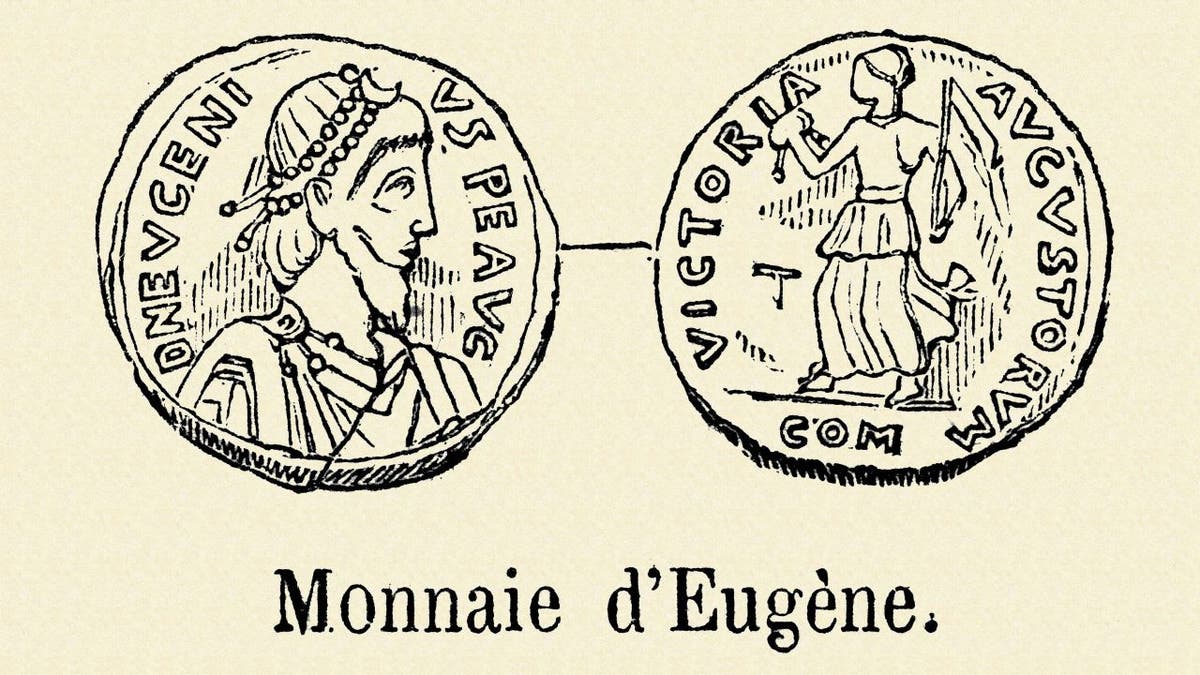A remarkable discovery has been made in Luxembourg: a hoard of 141 gold coins dating back to the 4th century A.D. The National Institute for Archaeological Research (INRA) in Luxembourg announced the find, culminating a four-year excavation project hampered by the presence of World War II land mines. The meticulous excavation process required collaboration with the Luxembourg Army's Mine Clearance Service (SEDAL) to ensure safety.
The coins depict nine Roman emperors who reigned between 364 and 408 A.D., including the controversial figure of Eugenius, considered an illegitimate ruler by the Eastern Roman Empire (Byzantine Empire). Eugenius briefly controlled the Western Roman Empire from 392 to 394 A.D. before his defeat and execution at the Battle of the Frigidus.

These "solidi," as they are called, are made of pure gold and are in excellent condition. The Luxembourg government has compensated the individuals connected to the discovery with €308,600 (approximately $318,000), reflecting the coins' historical significance and rarity. The INRA highlighted the exceptional preservation of the coins and the inclusion of rare specimens, particularly those featuring Eugenius.

The reason for the burial of this valuable hoard remains a mystery, and researchers are actively investigating the circumstances surrounding its concealment. The INRA emphasized the significance of this discovery, stating that it presents a unique opportunity to study a complete ancient monetary deposit within its archaeological context, potentially shedding light on the motivations behind its burial.

This discovery follows other recent significant finds in Europe, including a 1,000-year-old coin hoard in Suffolk, England, and Viking graves containing various treasures in Norway.
Comments(0)
Top Comments